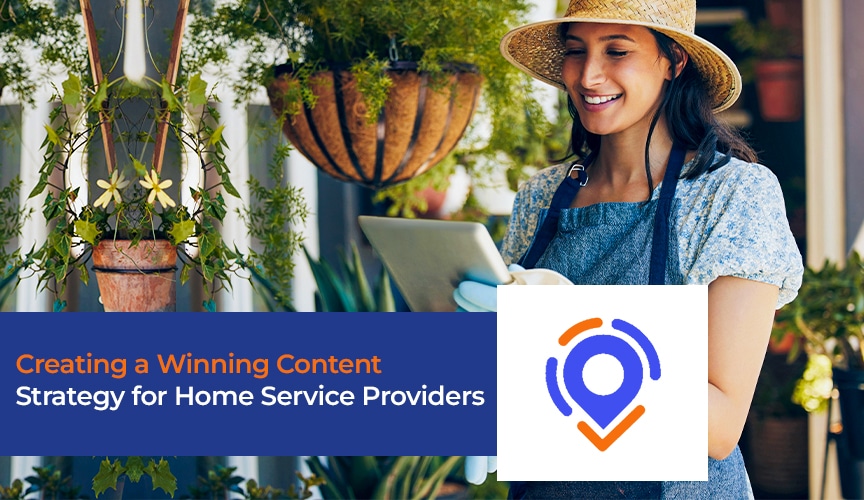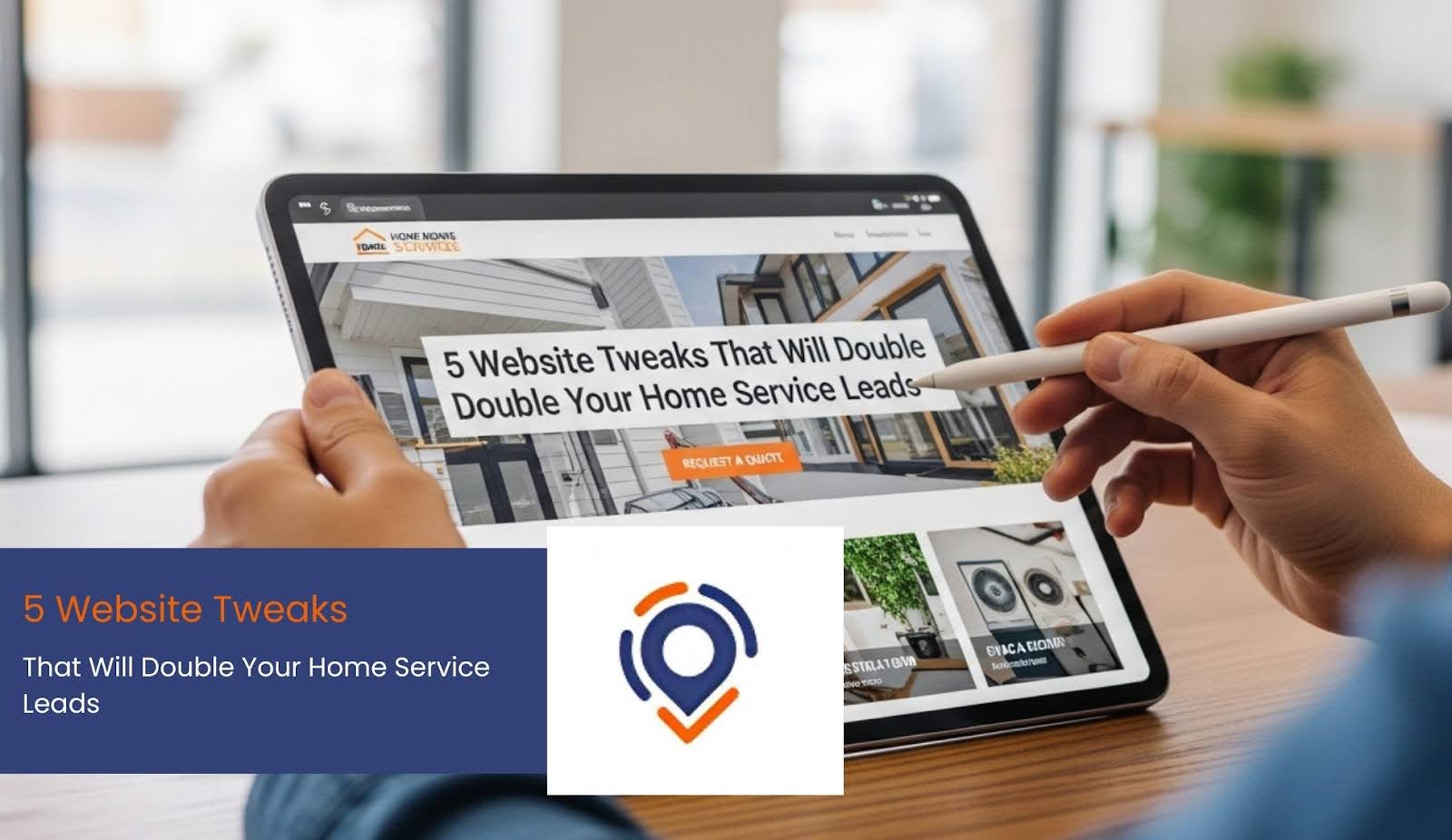Having a strong online presence is essential for home service providers to attract and retain customers. One of the most effective ways to establish this presence is through a well-thought-out content strategy. From plumbers and electricians to landscapers and interior designers, home service providers can greatly benefit from implementing a robust content strategy tailored to their industry. In this blog post, we’ll explore how home service providers can create a winning content strategy to enhance their visibility, credibility, and ultimately, their business success.
Understanding Your Audience
The first step in creating a winning content strategy for home service providers is understanding your target audience. Who are your potential customers? What are their pain points, needs, and preferences? By conducting thorough market research and developing buyer personas, you can gain valuable insights into the demographics, interests, and behaviors of your audience. This information will help you tailor your content to resonate with your target customers and address their specific challenges and desires.
Identifying Key Content Topics
Once you have a clear understanding of your audience, it’s time to identify key content topics that will engage and inform them. Think about the questions and concerns that your potential customers may have related to your services. For example, if you’re a roofing contractor, your content topics could include “Signs You Need a New Roof,” “How to Choose the Right Roofing Material,” and “Tips for Maintaining Your Roof.”
In addition to addressing common pain points, consider leveraging your expertise to provide valuable insights and advice. Share success stories, case studies, and before-and-after photos to showcase your work and build credibility with your audience. By consistently delivering high-quality, relevant content, you can position yourself as a trusted authority in your field.
Choosing the Right Content Formats
When creating content for home service providers, it’s important to choose the right formats to effectively communicate your message. While written blog posts are a staple of content marketing, don’t overlook the power of visual content such as photos, videos, and infographics. Visual content not only grabs attention but also makes complex information easier to understand.
a) For Instance
If you’re a landscaping company, you could create videos showcasing your team in action, before-and-after photos of garden transformations, and infographics highlighting seasonal gardening tips. By diversifying your content formats, you can appeal to different learning styles and preferences, maximizing the impact of your content strategy.
Optimizing for Search Engines
In order for your content to reach your target audience, it’s essential to optimize it for search engines. This involves incorporating relevant keywords and phrases into your content to improve its visibility on search engine results pages (SERPs). Conduct keyword research to identify terms that your potential customers are searching for and strategically integrate them into your content.
In addition to keywords, focus on creating high-quality, informative content that provides value to your audience. Search engines prioritize content that is relevant, authoritative, and user-friendly, so aim to deliver content that meets these criteria. This will not only improve your search engine rankings but also enhance the overall user experience, driving more traffic to your website and generating leads for your business.
Promoting Your Content
Creating great content is only half the battle; you also need to promote it effectively to ensure it reaches your target audience. Share your content across your social media channels, email newsletters, and industry forums to increase its visibility and engagement. Encourage your followers to like, share, and comment on your content to extend its reach even further.
Collaborating with influencers and industry partners can also help amplify your content and reach new audiences. Partner with complementary businesses in your local area to cross-promote each other’s content and expand your reach within your community. By leveraging the networks and expertise of others, you can increase the reach and impact of your content marketing efforts.
Measuring Success and Iterating
Finally, it’s important to regularly measure the success of your content strategy and make adjustments as needed. Track key metrics such as website traffic, engagement rates, and conversion rates to gauge the effectiveness of your content and identify areas for improvement. Pay attention to which types of content resonate most with your audience and double down on those formats.
In addition to quantitative metrics, solicit feedback from your audience to gain qualitative insights into their preferences and needs. Use this feedback to refine your content strategy and deliver even greater value to your audience over time. By continuously measuring success and iterating on your approach, you can ensure that your content strategy remains effective and aligned with your business goals.
Conclusion
Conclusively, creating a winning content strategy is essential for home service providers looking to establish a strong online presence and attract new customers. By understanding your audience, identifying key content topics, choosing the right formats, optimizing for search engines, promoting your content, and measuring success, you can develop a comprehensive strategy that drives results for your business. With a strategic approach to content marketing, home service providers can enhance their visibility, credibility, and ultimately, their bottom line.
FAQS (Frequently Asked Questions)
What is a content strategy, and why is it important for home service providers?
A content strategy outlines how home service providers will create, publish, and manage content to achieve their business goals. It’s essential because it helps providers attract and engage their target audience, build credibility, and drive conversions.
2. What types of content should home service providers include in their strategy?
Home service providers should include a variety of content types such as blog posts, how-to guides, case studies, videos, and infographics. Diversifying content keeps audiences engaged and addresses different preferences and needs.
3. How can home service providers ensure their content resonates with their target audience?
Providers should conduct thorough research to understand their audience’s demographics, interests, and pain points. By creating content that addresses these specific needs and interests, providers can ensure it resonates with their audience.
4. How often should home service providers publish new content?
The frequency of content publication can vary depending on factors such as audience preferences and resources available. However, consistency is key. Providers should aim to publish high-quality content regularly, whether it’s weekly, bi-weekly, or monthly.
5. How can home service providers measure the success of their content strategy?
Providers can measure the success of their content strategy by tracking key metrics such as website traffic, engagement rates, conversion rates, and social media metrics. Analyzing these metrics helps providers understand what content resonates with their audience and where improvements can be made.





